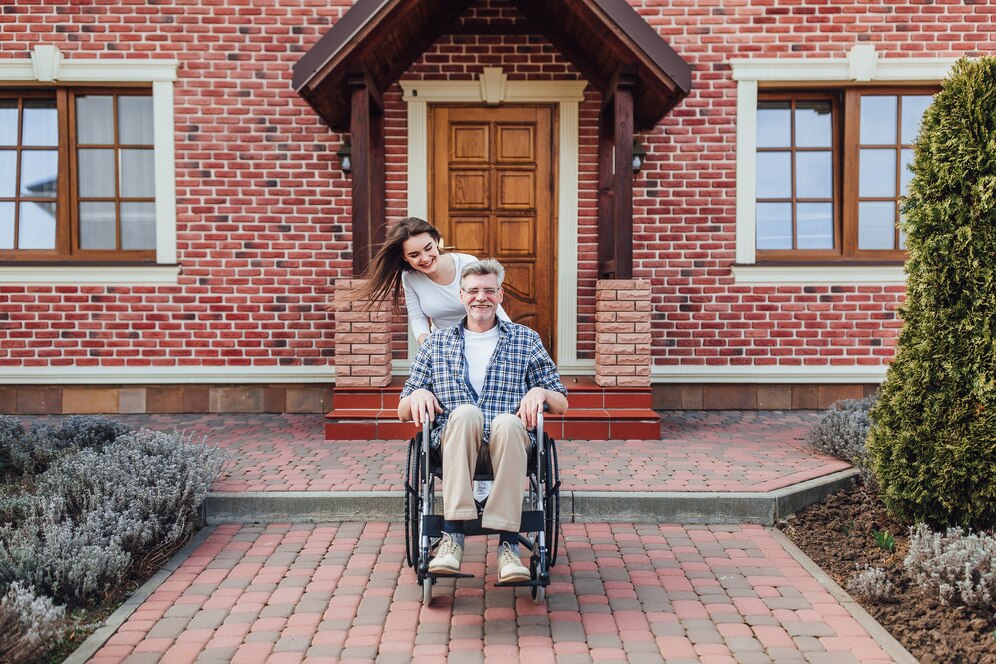For many individuals with disabilities, finding stable, affordable housing is a challenge that extends far beyond brick and mortar. It’s about accessibility, independence, and security. While renting is often the first step toward achieving housing stability, especially with the available programs, homeownership remains a powerful and attainable goal.
Homeownership offers more than just a roof over your head. It represents long-term financial stability, freedom to customize a space for your needs, and a sense of belonging in your community. If you or someone you care about lives with a disability and is ready to take the next step from renting to owning, this guide will help you understand what’s possible and how to get started.
Why Transition to Homeownership?
While rental programs provide critical support, renting long-term can come with limitations:
- Inconsistent availability of accessible units
- Rising rent prices and limited tenant protections
- Restrictions on home modifications
Owning a home gives you more control over your living space, the ability to make modifications without landlord approval, and the opportunity to build equity over time. For individuals with disabilities, this can mean the difference between simply getting by and truly thriving.
Step 1: Start with Stability Through Section 811
If you’re currently using a Section 811 voucher or are eligible, you’re already on the right track. This HUD program helps low-income individuals with disabilities access affordable housing in the community, often covering a significant portion of rent. Though Section 811 is designed for rental housing, it provides a vital period of housing stability, allowing tenants to save money and plan for their next step.
During this rental phase, focus on:
- Building or improving your credit score
- Tracking monthly expenses and creating a savings plan
- Getting familiar with housing costs in your area
Step 2: Explore First-Time Homebuyer Programs for People with Disabilities
Many people with disabilities don’t realize they may qualify for specialized first-time homebuyer programs. These initiatives are designed to remove financial barriers and offer tailored support throughout the buying process.
Some key options include:
- Fannie Mae’s HomeReady® Program
Offers low down payments (as low as 3%) and flexible income guidelines. - HUD’s Section 8 Homeownership Program
In certain states, you can use your housing voucher toward mortgage payments instead of rent. - State and Local Housing Agencies
Many states offer down payment assistance, grants, or deferred payment loans for qualified buyers with disabilities. - The USDA Single Family Housing Direct Home Loans (Section 502)
Ideal for rural residents with disabilities, offering very low interest rates and zero down payment for eligible borrowers.
Step 3: Budget with Accessibility in Mind
Budgeting for homeownership goes beyond the sale price of a house. For individuals with disabilities, it’s important to consider:
- Modifications for Accessibility: Installing ramps, grab bars, wider doorways, or roll-in showers.
- Ongoing Maintenance: Plan for both routine upkeep and potential accessibility upgrades.
- Transportation: Proximity to public transit or accessible parking if needed.
Keep in mind that you may qualify for home modification grants through nonprofits or local governments to offset these costs.
Step 4: Find the Right Team
Buying a home is a team effort. Seek professionals who understand the unique challenges and rights of buyers with disabilities:
- Real Estate Agents with Accessibility Experience
These agents can help you find homes that already meet your needs or have potential for affordable upgrades. - Lenders Familiar with Disability Income
Not all lenders understand how to process Social Security Disability Insurance (SSDI) or Supplemental Security Income (SSI) as part of your application. Work with a loan officer who’s comfortable with alternative income documentation. - Nonprofit Housing Counselors
Organizations like Habitat for Humanity, NeighborWorks, or local HUD-certified housing counselors can walk you through the process at little to no cost.
Step 5: Understand Your Legal Rights
Under the Fair Housing Act, people with disabilities are protected from housing discrimination. This means:
- Sellers and lenders cannot deny you based on your disability
- You have the right to request reasonable accommodations in the homebuying or mortgage process
- Accessible housing must be marketed equally and fairly
If you encounter resistance or discrimination, contact your local Fair Housing agency for support.
Step 6: Prepare for the Long Haul
Owning a home is a long-term commitment, and planning is essential. Start with a realistic view of your financial and physical needs. Take workshops, attend first-time buyer seminars, and tap into community support networks. Even if ownership isn’t feasible today, laying the groundwork now can put you in a strong position when the time comes.
A Pathway to Independence
Accessible homeownership is not just a dream—it’s a real, achievable goal for people with disabilities. With the right programs, team, and mindset, transitioning from renting to owning can be a life-changing step toward independence and security. Whether you’re coming from the support of a government program or navigating the journey on your own, remember: you don’t have to do it alone. The resources are out there, and your future home is waiting.
